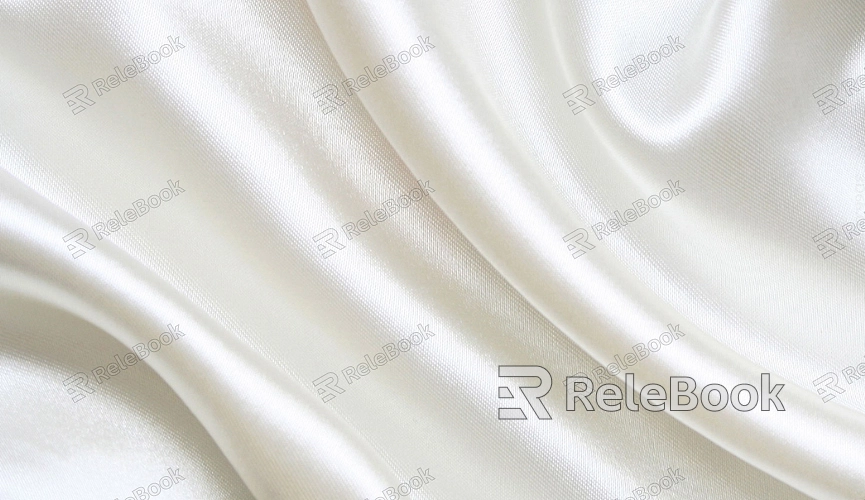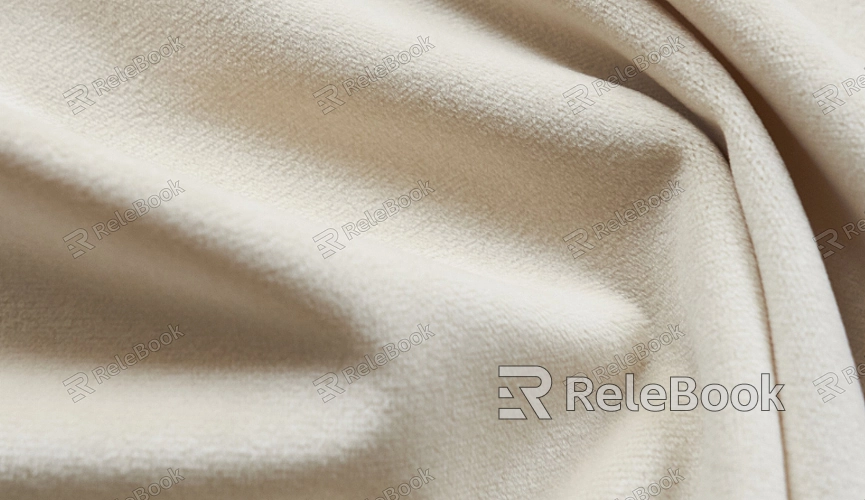How to Create Fabric Textures in Photoshop?
In design and image processing, fabric textures are often used to add realism and depth to a work. With Photoshop, you can create a variety of fabric textures, whether it’s soft silk or coarse burlap. These textures can be applied in fashion design, interior decor, and even game development. This article will delve into how to create fabric textures in Photoshop, helping you master this skill.

Preparation
First, open Photoshop and create a new canvas. Choose an appropriate canvas size; usually, a larger size works better for detail work. At this stage, consider selecting a suitable color mode, such as RGB, for easier editing and processing later.
Choose Your Colors
Next, select a main color palette. The colors of fabric textures typically relate to the material and purpose. You can reference real fabrics for inspiration or choose colors based on your design needs. Use the eyedropper tool to sample your preferred colors for later use.
Create Base Shapes
Using the rectangle tool or other shape tools, draw the basic shapes you want. This can be a simple rectangle or a more complex polygon. Next, apply a gradient fill to this base shape to make it look more three-dimensional and add depth.
Add Texture Effects
To achieve a realistic fabric texture effect, use filters. From the “Filter” menu, select the “Noise” option to add some noise, which helps make the texture appear more natural. You can also explore “Artistic” filters like “Oil Paint” or “Watercolor” to enhance the visual appeal of the fabric.

Adjust Opacity
The opacity of the texture is crucial for the overall effect. By adjusting the layer’s opacity, you can better blend the base color with the texture. In the layers panel, select your texture layer and slide the opacity slider until you achieve the desired effect.
Add Details
To make the fabric texture more realistic, add some detail elements. For example, use the brush tool to draw lines, wrinkles, or shadow effects. These details can help the texture look more three-dimensional. Experiment with different brushes and strokes to achieve the best results.
Use Layer Styles
Layer styles can add additional visual effects to your fabric texture. For instance, adding inner shadows or outer glows can make the fabric appear more vibrant. Click on the “Layer” menu and select “Layer Style” to make the necessary adjustments until you’re satisfied.
Make Color Adjustments
After finishing the texture drawing, you may need to make overall color adjustments. Use the “Image” menu and select “Adjustments” to modify brightness, contrast, saturation, and more, ensuring your fabric texture aligns with your design goals.
Save and Export
Finally, don’t forget to save your work. Choose “File” from the menu and select “Save” to keep it in Photoshop format for future edits. You can also export it as JPEG or PNG for easy sharing and use.
With the steps outlined above, you can easily create various fabric textures in Photoshop. Each detail contributes to the final effect, so practice and experimentation are key. Once you master these techniques, your design work will be more vivid and realistic. To further enrich your design elements, visit the Relebook website to download more 3D models and textures.
FAQ
What types of fabric textures can I create in Photoshop?
You can create textures for silk, cotton, burlap, and many other fabrics.
How can I make the fabric texture look more realistic?
Adding details and adjusting opacity will enhance the realism of the fabric.
What tools can I use to create fabric textures?
The rectangle tool, brush tool, and filters are the primary tools used.
How can I adjust colors to fit different fabrics?
You can adjust colors by selecting different main colors and using gradient fills.

